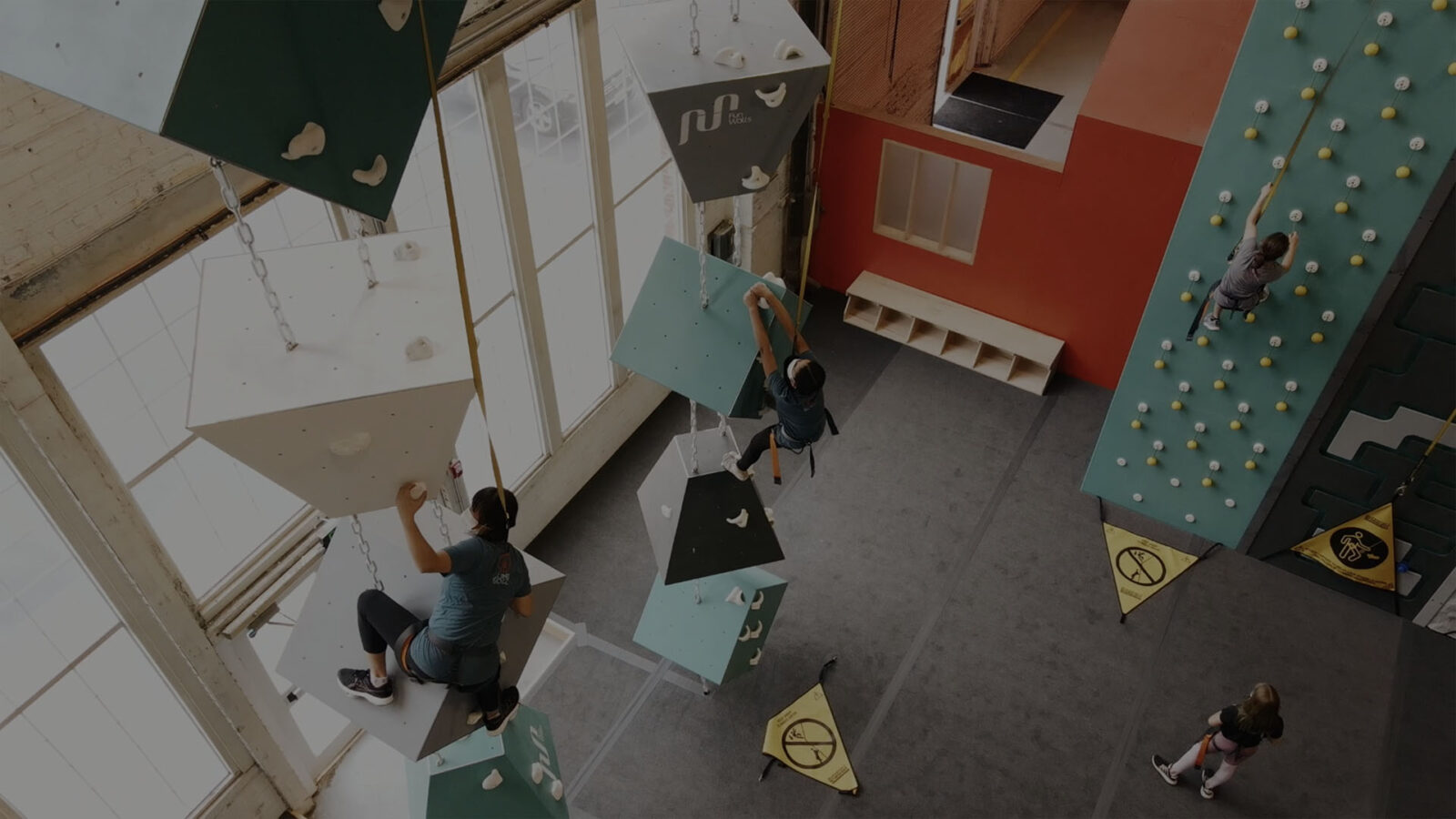

You can find TRC on the interwebs at on Facebook at Nick Lott is the Director of Video Marketing for Skydive Spaceland and has a wonderful nack for producing videos. Gravity Lab Radio is hosted by DJ Marvin and Nick Lott with our favorite lab rats, Justin Grubbs and Ben Nelson. You can find us on the web at Facebook at DJ owns and operates The Ratings Center, where he trains skydiving coaches and instructors. You can follow Nick's work for Spaceland on the video page of Spaceland's Facebook Set on an off-planet gravity testing lab, you need to carry out a highly scientific test get balls in buckets. Gravity Lab Radio is hosted by DJ Marvin and Nick Lott with our favorite lab rats, Justin Grubbs and Ben Nelson. You can find us on the web at Facebook at DJ owns and operates The Ratings Center, where he trains skydiving coaches and instructors. Gravity Lab starts off as simple as they come. You can't follow Jeff on social media because he is has saved his soul from the abyss of social. What's it like to jump your off? What advice does Jeff for a new jumper on the package? What is Jeff's goals for the second of the year? Tune in and find out!
#Gravity lab jump license
Jeff Freeman who started jumping and got his license last November. “What we found illustrates that there is a single, best way to shed moisture from condensers which increases the efficiency of a variety of items including power plants, or anything that requires heat exchange,” Mukherjee said.The 2019 unlimited jump package at Skydive Spaceland Houston is nearly half way over and we have met a lot of great characters this year. “It turns out that surface tension and gravity work far better together than either works on its own.” “The research has been so focused on using surface tension to shed droplets instead of gravity, that nobody considered that this wasn’t an ‘and/or’ situation,” Boreyko said. However, researchers looking at surface-tension-powered droplets were mostly studying the jumping phenomenon on flat surfaces and not talking about the importance of orientation. Historically, condensers were always oriented vertically to allow the water to drain by gravity.

In a paper posted in June to the preprint server arXiv, theoretical cosmologists. For these larger droplets, where jumping has failed, draining them by gravity would be a great insurance policy.” However, theorists already seem prepared to jump through those hoops. Basically, when a person jumps, she is overcoming her body weight, the force of gravity. Earth has a gravitational constant ( g ) of 9.8 m / S 2. In some labs, you will be given a scientific problem to solve by. “Those droplets can then join with others and form a buildup of condensation that coats the condenser and limits its ability to cool. The more mass a planet has compacted within its size, the stronger its gravitational constant. “There are some droplets that either fail to jump, or fall back on the surface,” Boreyko explained. However, not all droplets make a clean getaway. Using superhydrophobic surfaces, which have nano-pillars and a hydrophobic coating, water droplets can unleash the power of surface tension whenever two or more drops touch and merge together, to jump away from the surface regardless of the orientation of that surface. Now, in a paper published in the journal Joule, Boreyko and doctoral student Ranit Mukherjee began to consider the orientation of the surface and found that by using vertical condensers, the teaming of superhydrophobic surfaces and gravity produces a condenser that is at least twice as efficient. Discuss how the moon has less mass than the Earth so its gravitational pull is weaker. If air resistance is negligible, the net force on a falling object is the gravitational force, commonly called its weight w w, or its force due to gravity. Five years after his original paper, Boreyko went back to the lab to discover that for efficiency, jumping and gravity should not be mutually exclusive. Ask the class how the astronaut is able to jump with so much ease. The problem was, because the jumping itself occurs independent of gravity, what happened after the jump wasn’t being considered. “In the last decade since I discovered the jumping droplets, the debate has been using gravity versus jumping,” said Jonathan Boreyko, assistant professor of mechanical engineering in the College of Engineering. The idea took the research community by storm. A decade ago a new idea was brought into the general scientific community – shedding water from condensers was more efficient by using surface tension to make microscopic water droplets "jump" off the surface.


 0 kommentar(er)
0 kommentar(er)
